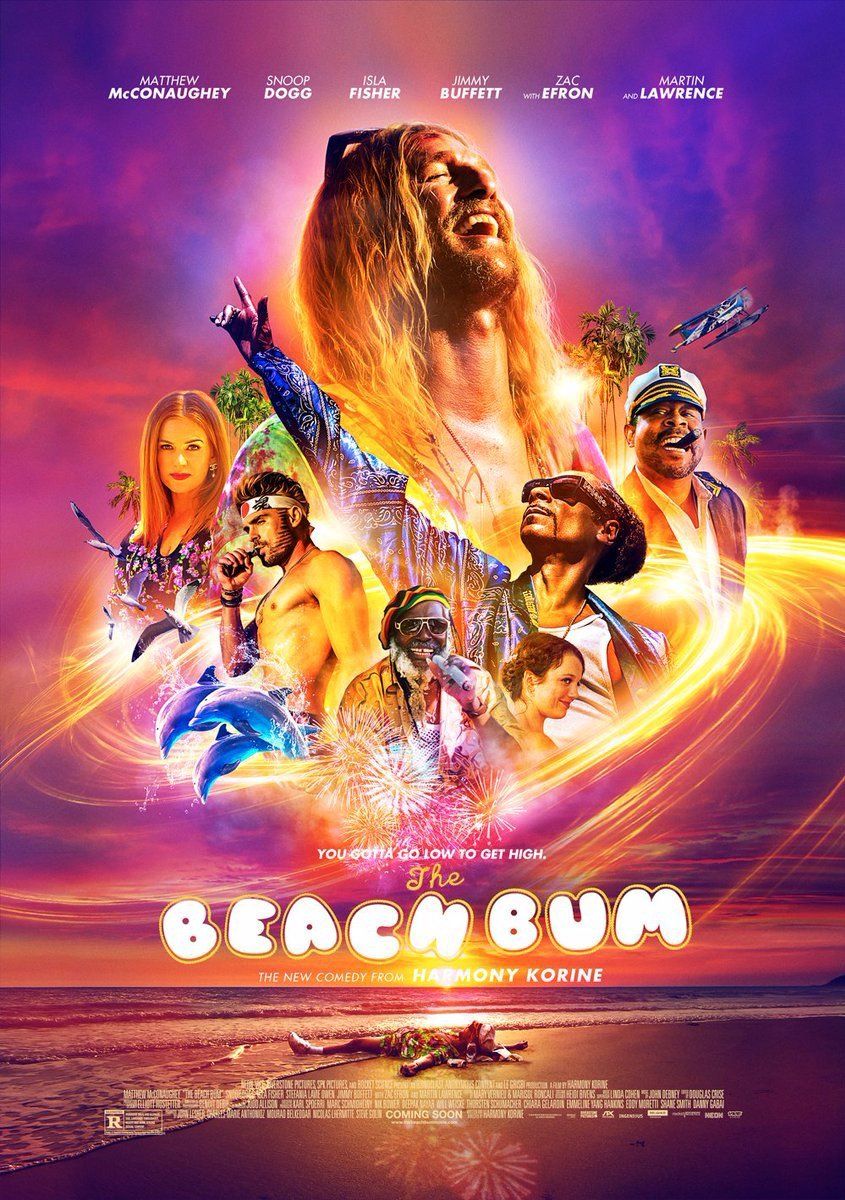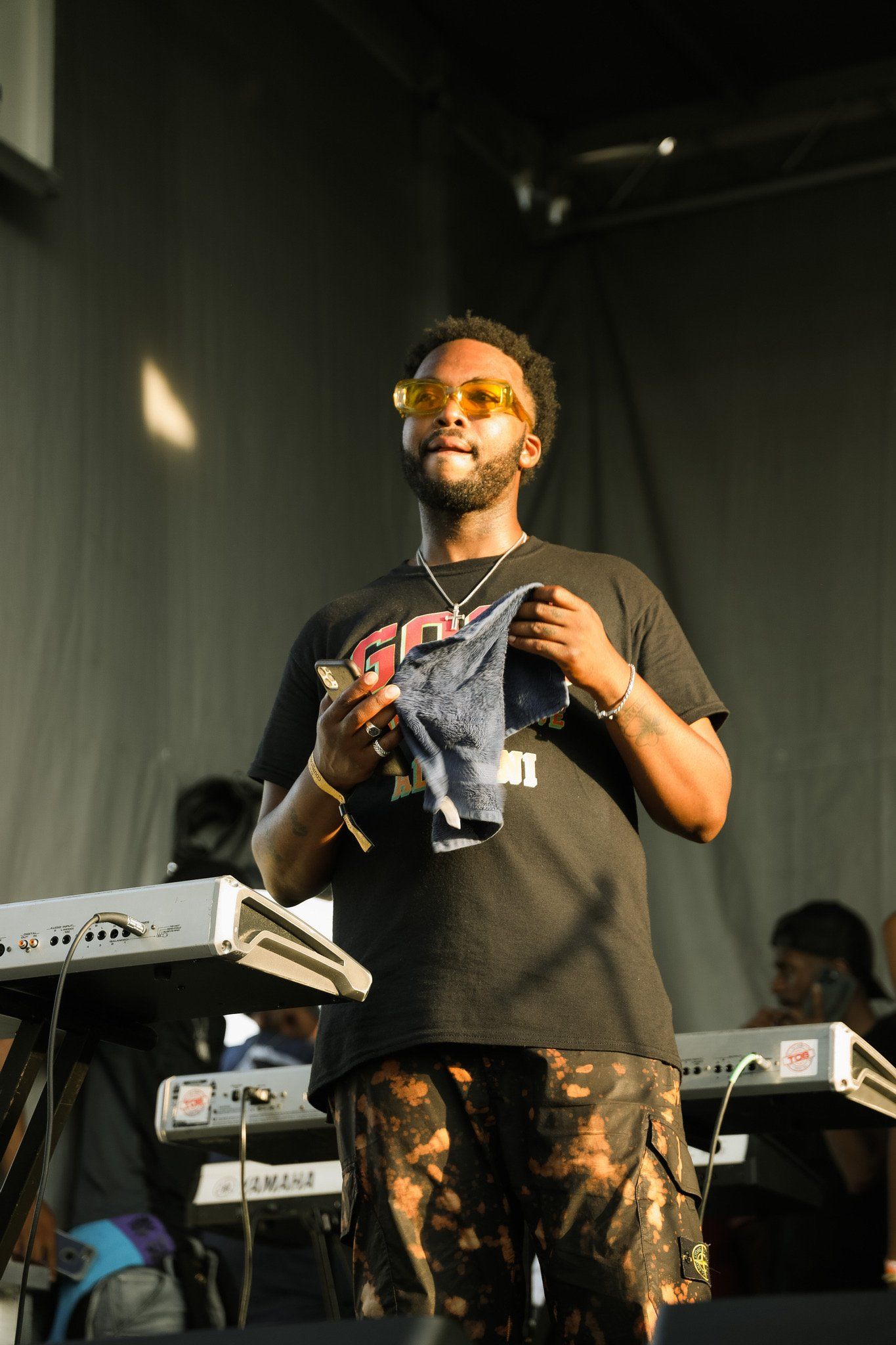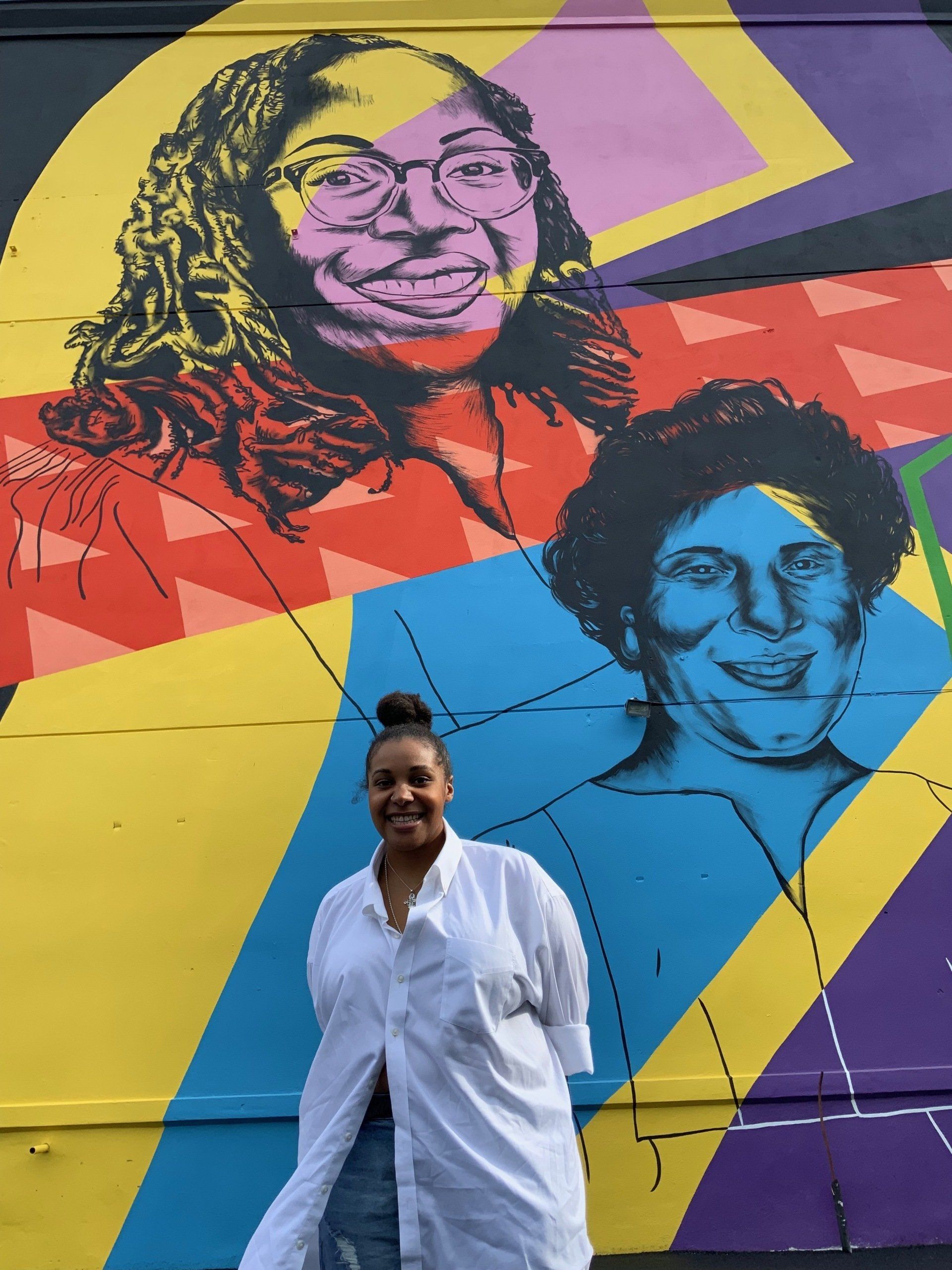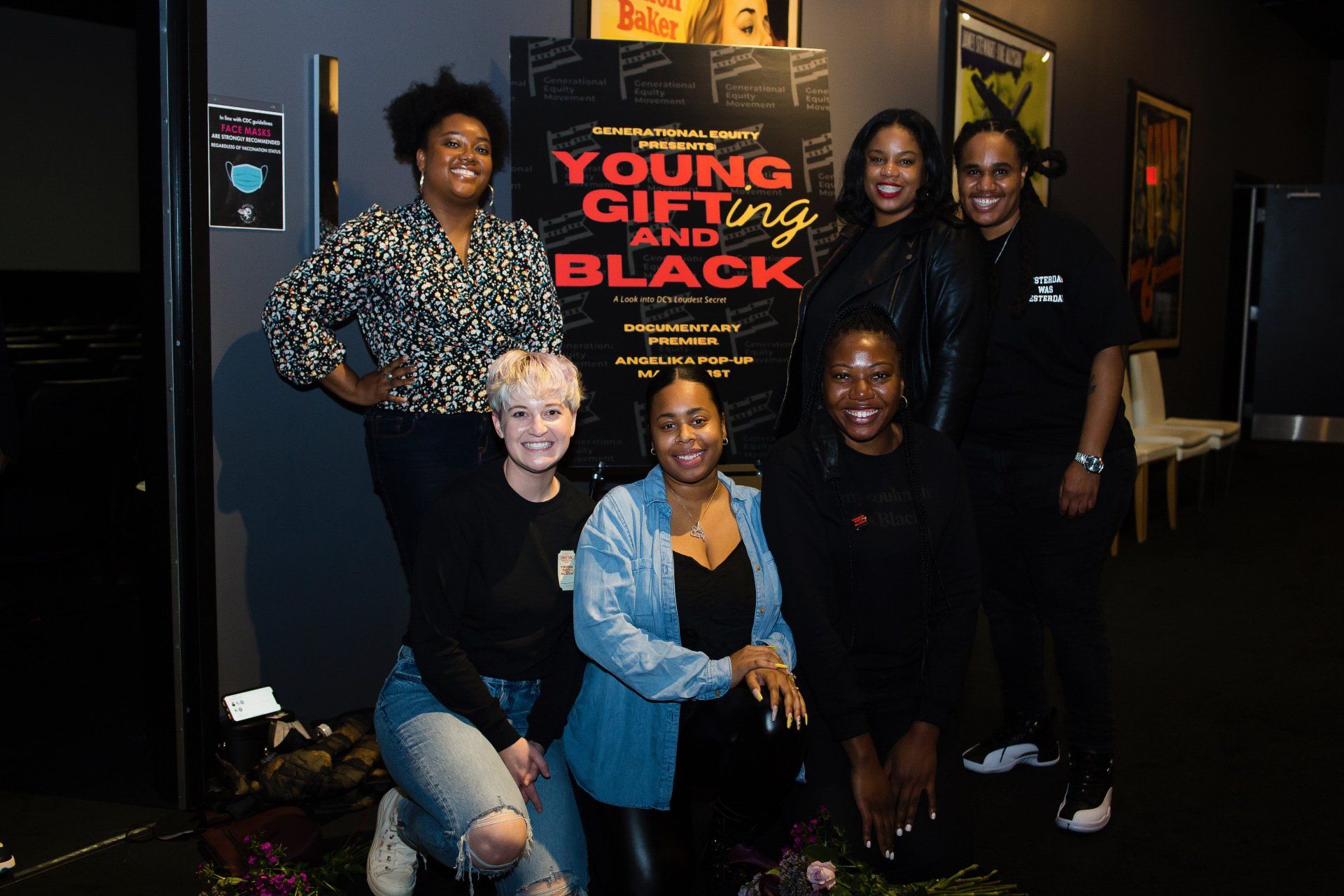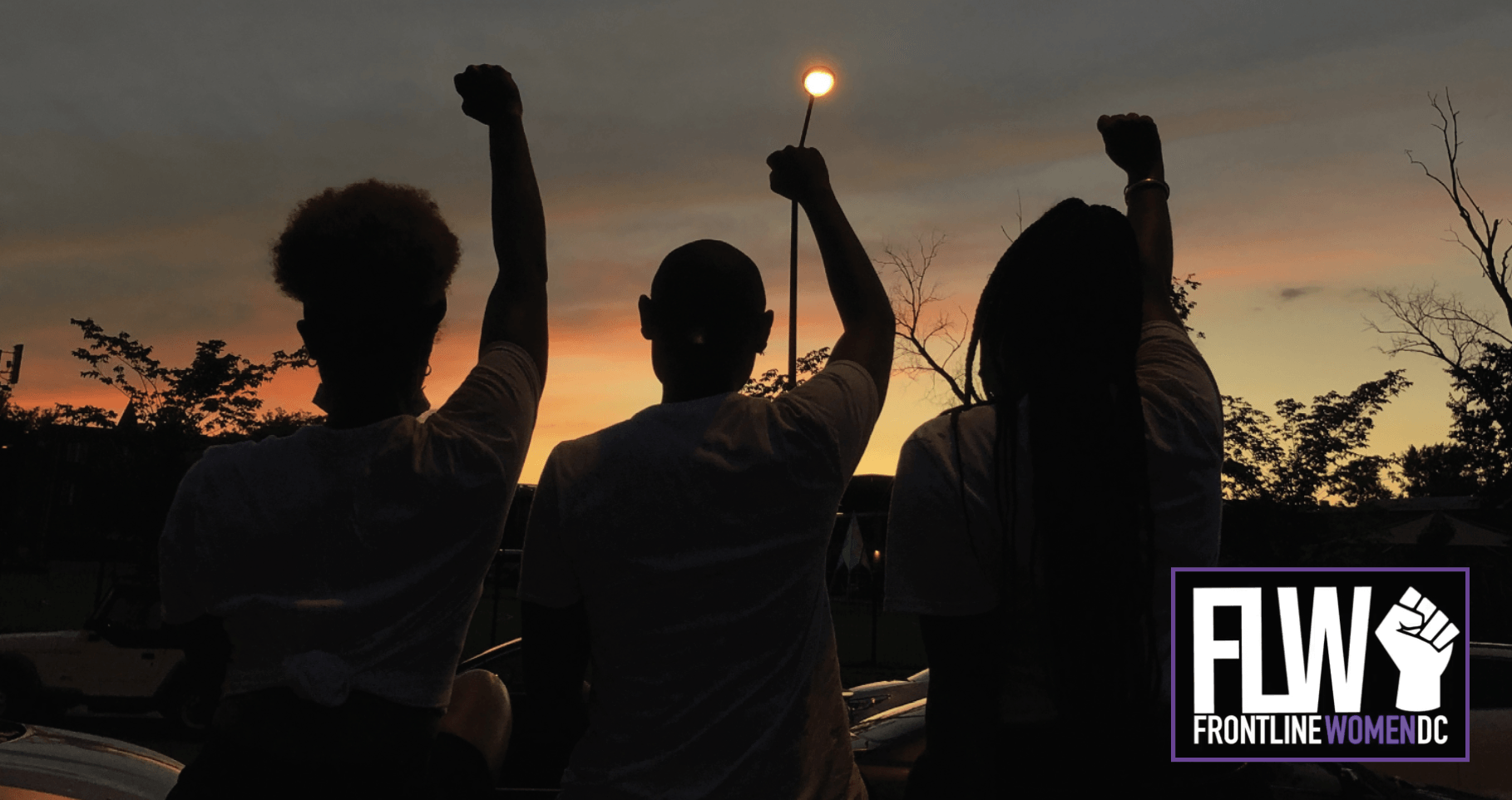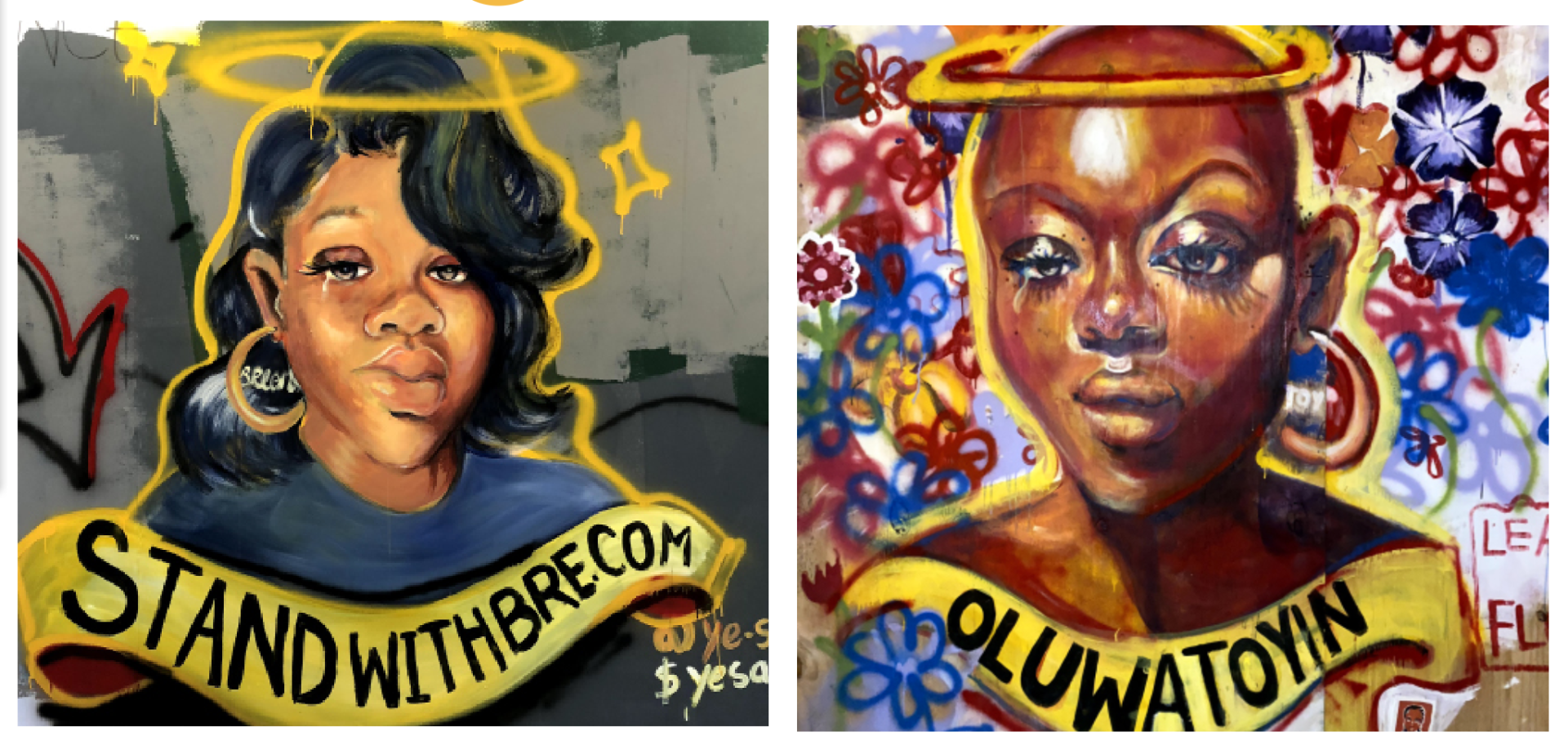By Norbert Klusmann
•
November 18, 2020
Amidst the most chaotic year in recent history… during a pandemic, during a social revolution regarding this country’s past, present and future racial transgressions, with a paradigm shifting Presidential election looming, Washington D.C. is facing a heartbreaking and familiar epidemic that it knows all too well: gun violence. Whether at the hands of the people sworn to protect and serve us or as a by-product of poverty, the lack of opportunities in our communities and displacement, murder has run rampant in the District in a way we haven’t seen for 15 some odd years. With 150+ murders in early October of 2020 (compared to 166 total murders in 2019), Washington, D.C. is on track for topping 200 murders for the first time since 2004. History of Murder Capital D.C.’s Mayor for Life, Marion Barry, once said ”It’s been like a frenzy. Once you start a name, it just becomes a name. You can’t get rid of it,” in respect to the city’s ‘Murder Capital’ tag. Throughout the 80s and 90s, Washington, D.C. did more than earn enough to earn the grim title. From 1988 to 1995, the homicide rate rested comfortably in the 400s, a frightening number for any city, but especially a city as small and compact as D.C. There were many contributing factors to this traumatic time period. First and foremost, we’d be remiss in not recognizing the profound effect the crack epidemic had on this area. Crack’s introduction in 1986 is the most obvious precursor to the ‘Murder Capital’, with D.C. also essentially becoming the ‘Crack Capital’ as well, with the largest crack-dealing organizations making as much as $8 million a month ($18 million in 2020, with inflation). This much street traffic, money and the murder that followed garnered a lot of attention - all the way to 1600 Pennsylvania Ave. Newly elected President George Bush made it a point to “restart” the War on Drugs because of the drug trade in Washington, D.C., using crack sold in a park across the street from the White House as an example. The subsequent policing and attention caused more harm than good, as the murder rate rose in the following years, but this clearly outlines the landscape this nickname was given in. Factors in Violence: (gentrification, poverty, lack of opportunity) Gun violence is not an issue that exists in a vacuum. It is the culmination of a number of things, ending in the perfect cocktail of circumstances needed for someone to be injured, sometimes fatally. When citizens are asked, they bring up the following as contributing factors: D.C. natives struggle with a lack of opportunity in an economically booming city, rising rent costs forcing residents into unfamiliar (sometimes even warring) neighborhoods, on top of an already irreparable relationship with the black community and the Metropolitan Police Department. This creates a deadly atmosphere, a hotbed for gun violence. Residents don’t feel safe and it is obvious how some may feel that carrying a weapon for your own self-defense is better than potentially losing your life, falling victim to this new landscape they have been put into. On the other hand, when it comes to individuals that may not have any opportunity, any way to feed themselves or their families, relying on less than savory methods of making money become necessary. This puts an unavoidable target on your back - either with other individuals in the streets, the police or both. The powers that be in Washington, D.C. have a responsibility to its citizens, to ensure that they are never put between a rock and a hard place, in this way. The cross-section of economics and public safety can be seen plainly here and real steps need to bee made to ensure the progress of all Washingtonians. 34th N EAT Party Shooting More recently, there has been two captivating stories: a celebration turned mass shooting and another young life taken too soon by America’s over-militarized police force. In the days leading up to August 9th, near the apex of a somewhat dormant and stifled summer as a result of the COVID-19 pandemic, a video went viral on social media. Hundreds of bottles of liquor advertising an annual cookout branded the ‘34th & EAT Cookout’, featuring the popular D.C. brand EAT, prompted hundreds of people to take to the streets. A little past midnight, shots rung out. 22 people were shot. 21 individuals were adults, including 12 of which are women, 9 male victims and 16 people between the ages of 20-29 years old. Heartbreakingly, a 17 year old young man, a father to an infant, lost his life. No one has been charged for these murderous actions and no explanations have been produced. The event was a perfect cocktail for mayhem, with alcohol amounting to thousands of dollars, the common violent occurrences of dice games and other cash-based gambling at parties and cookouts, ontop of the reality of warring neighborhoods in Washington, D.C. DEON KAY Deon Kay was similarly young. 18 years old with years of life ahead of him, his journey was cut short in a way that is all too familiar to young black men in this country: by a gun in the hands of a police officer. Police responded that a tip that Kay and two others were in their neighborhood brandishing guns and officers actively went looking for them. Upon being discovered, Kay fled, trying his best to escape capture. Officer Alexander Alvarez runs ahead of Kay, trying to cut him off. As we can only guess at this point, Deon realizes his capture is inevitable and he tries to best to toss his weapon. While doing so, Alvarez shoots and kills Deon Kay. The weapon in question was found nearly 100 feet away from Deon Kay’s lifeless body. Police shootings happen everyday in America. Rarely are we, the people, given the information to truly discern whether or not justice was truly served. Do I believe Deon Kay could have been apprehended without loss of life? I do. But at the end of the day, we can only truly focus on how to stop these situations and circumstances from being common occurrences in our communities.
